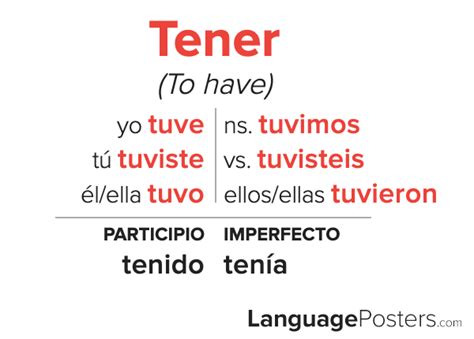Moment Generating Function

The moment generating function (MGF) is a powerful tool in probability theory and statistics, used to analyze and describe the properties of random variables. It is a function that encodes the distribution of a random variable in a compact and convenient form, allowing for the calculation of moments, such as the mean, variance, and skewness, as well as other important characteristics. In this article, we will explore the concept of the moment generating function, its definition, properties, and applications, with a focus on providing a comprehensive understanding of this fundamental concept in probability theory.
Definition and Properties of the Moment Generating Function

The moment generating function of a random variable X is defined as the expected value of the exponential function of X, i.e., M_X(t) = E[e^(tX)], where t is a real number. The MGF is a function of t, and its value depends on the distribution of X. The MGF is a useful tool for analyzing the properties of random variables, as it provides a way to calculate moments and other important characteristics of the distribution. For example, the mean of X can be calculated as the first derivative of the MGF, evaluated at t = 0, i.e., E[X] = M_X’(0).
Key Properties of the Moment Generating Function
The MGF has several important properties that make it a useful tool in probability theory. Some of the key properties include:
- Existence: The MGF may not exist for all random variables, but it does exist for many common distributions, such as the normal, exponential, and Poisson distributions.
- Uniqueness: If the MGF exists, it is unique, meaning that it can be used to identify the distribution of a random variable.
- Continuity: The MGF is a continuous function of t, which makes it easy to work with.
- Differentiability: The MGF is differentiable, which allows for the calculation of moments using derivatives.
Key Points
- The moment generating function (MGF) is a powerful tool in probability theory and statistics.
- The MGF is defined as the expected value of the exponential function of a random variable X, i.e., M_X(t) = E[e^(tX)].
- The MGF provides a way to calculate moments, such as the mean, variance, and skewness, as well as other important characteristics of a distribution.
- The MGF has several important properties, including existence, uniqueness, continuity, and differentiability.
- The MGF is used in a variety of applications, including statistics, engineering, economics, and finance.
Applications of the Moment Generating Function

The MGF has a wide range of applications in statistics, engineering, economics, and finance. Some of the key applications include:
- Statistics: The MGF is used in statistical inference, hypothesis testing, and estimation.
- Engineering: The MGF is used in signal processing, control systems, and communication systems.
- Economics: The MGF is used in econometrics, finance, and risk management.
- Finance: The MGF is used in option pricing, risk management, and portfolio optimization.
| Application | Description |
|---|---|
| Statistics | Used in statistical inference, hypothesis testing, and estimation. |
| Engineering | Used in signal processing, control systems, and communication systems. |
| Economics | Used in econometrics, finance, and risk management. |
| Finance | Used in option pricing, risk management, and portfolio optimization. |

Calculating Moments using the Moment Generating Function
The MGF can be used to calculate moments of a random variable X. The k-th moment of X is defined as E[X^k], and it can be calculated using the k-th derivative of the MGF, evaluated at t = 0, i.e., E[X^k] = M_X^(k)(0). For example, the mean of X can be calculated as the first derivative of the MGF, evaluated at t = 0, i.e., E[X] = M_X’(0).
Common Distributions and their Moment Generating Functions
The MGF is used to analyze and describe the properties of common distributions, such as the normal, exponential, and Poisson distributions. The MGF of a normal distribution with mean μ and variance σ^2 is given by M_X(t) = e^(μt + (σ^2)t^2⁄2). The MGF of an exponential distribution with rate λ is given by M_X(t) = (1 - t/λ)^(-1). The MGF of a Poisson distribution with parameter λ is given by M_X(t) = e^(λ(e^t - 1)).
What is the moment generating function?
+The moment generating function (MGF) is a function that encodes the distribution of a random variable in a compact and convenient form, allowing for the calculation of moments, such as the mean, variance, and skewness, as well as other important characteristics.
What are the properties of the moment generating function?
+The MGF has several important properties, including existence, uniqueness, continuity, and differentiability. These properties make the MGF a useful tool for analyzing the properties of random variables.
What are the applications of the moment generating function?
+The MGF has a wide range of applications in statistics, engineering, economics, and finance. It is used in statistical inference, hypothesis testing, and estimation, as well as in signal processing, control systems, and communication systems.
Meta description: Learn about the moment generating function, a powerful tool in probability theory and statistics, and its applications in various fields. Discover how to calculate moments and analyze distributions using the MGF. (149 characters)



